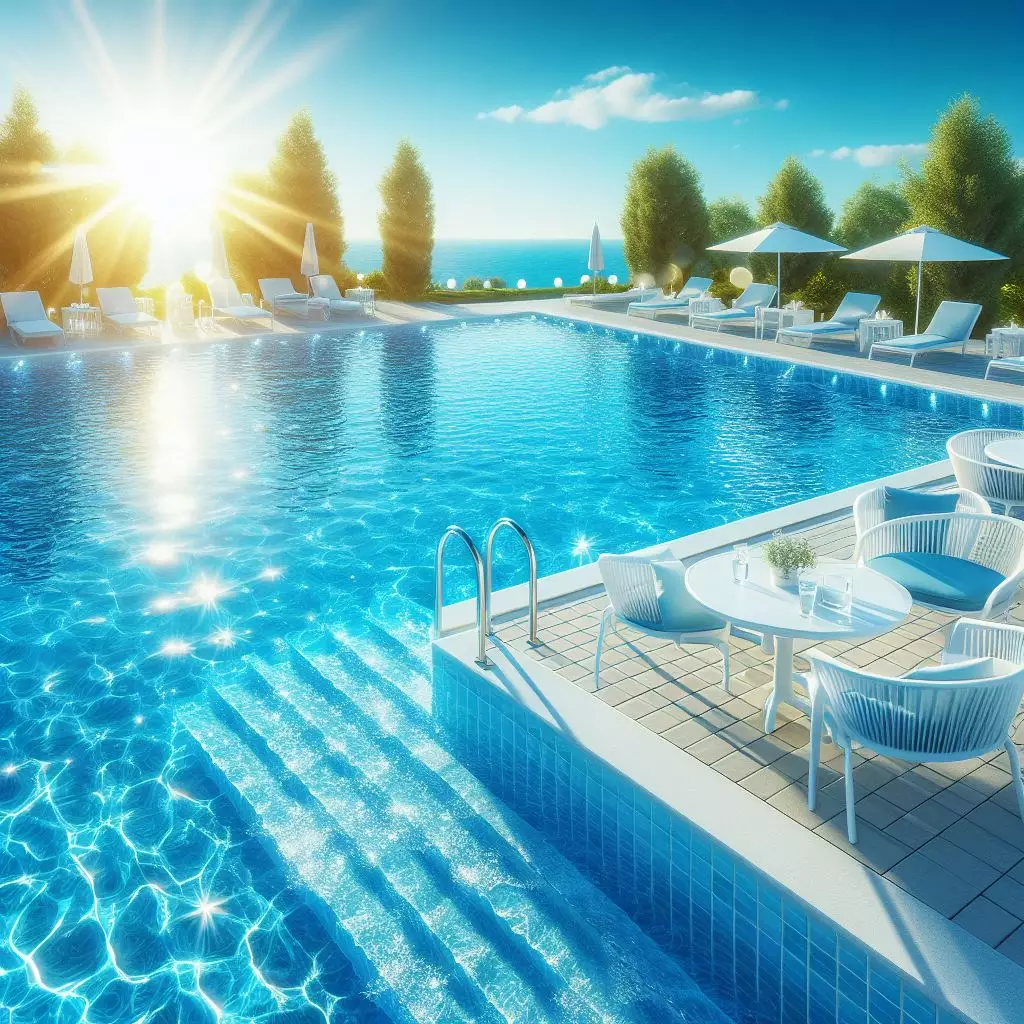Welcome to the world of pool maintenance, where achieving crystal-clear water is the ultimate goal. Among the arsenal of pool treatment products, flocculants play a crucial role in clarifying cloudy or turbid pool water by clumping together suspended particles for easy removal. However, to harness the full potential of pool flocculants, it’s essential to understand the optimal timing and frequency of their application. In this comprehensive guide, we’ll explore the intricacies of pool flocculation, uncovering the best practices for timing and frequency to ensure impeccable water clarity and a delightful swimming experience.

Pool Flocculation
Flocculation is a process used to coagulate and settle suspended particles in pool water, resulting in clearer and more transparent water. Pool flocculants work by binding together tiny particles, such as dirt, debris, and algae, to form larger clumps that can be easily removed through filtration or vacuuming. By enhancing the efficiency of pool filtration systems, flocculants help maintain pristine water quality and eliminate unsightly cloudiness.
Optimal Timing for Flocculant Application
Preferably at Dusk or Night: The best time to apply pool flocculant is during dusk or at night when the pool is not in use. This allows the flocculant to work undisturbed overnight, maximizing its effectiveness in settling suspended particles.
After Heavy Pool Usage: Following periods of heavy pool usage, such as pool parties or gatherings, is another opportune time to apply flocculant. The increased activity can stir up sediment and debris, making it easier for the flocculant to target and clump together these particles.
Before Shock Treatment: If shock treatment is scheduled as part of your pool maintenance routine, consider applying flocculant beforehand. Flocculation can help remove organic contaminants and fine particles from the water, allowing the shock treatment to penetrate more effectively and sanitize the pool.
Frequency of Flocculant Treatment
Weekly Maintenance: Incorporating flocculant treatment into your weekly pool maintenance routine is essential for preventing the buildup of suspended particles and maintaining water clarity. Even if the water appears clear, a weekly dose of flocculant can help capture unseen debris and maintain optimal filtration efficiency.
After Heavy Rainfall or Wind: Following heavy rainfall or windy conditions, debris, dirt, and other contaminants can be introduced into the pool water. In such cases, administering a flocculant treatment can expedite the removal of these particles, restoring water clarity and quality.
Post-Algae Treatment: After treating algae infestations in the pool, residual dead algae particles may linger in the water, causing cloudiness. Applying flocculant post-algae treatment can aid in aggregating these particles for easier filtration and removal, hastening the pool’s recovery process.
Proper Application Techniques
Dosage Calculation: Determine the appropriate dosage of flocculant based on your pool’s size and the severity of cloudiness. Refer to the manufacturer’s instructions and guidelines for accurate dosage calculations.
Even Distribution: Disperse the flocculant evenly across the pool surface, ensuring thorough coverage. Use a pool brush or rake to help distribute the flocculant and encourage particle aggregation.
Circulation and Filtration: Allow the pool pump and filtration system to run continuously after applying the flocculant to facilitate particle settling and filtration. Regularly monitor the filtration pressure and backwash the filter as needed to maintain optimal performance.
Vacuuming and Skimming: Once the particles have settled at the bottom of the pool, use a pool vacuum to remove the sediment. Skim the surface of the water to capture any floating debris and prevent recontamination.
Conclusion
In conclusion, mastering the timing and frequency of pool flocculant treatment is essential for achieving pristine water clarity and maintaining a visually appealing swimming environment. By understanding the optimal conditions for flocculation, as well as implementing proper application techniques and dosage calculations, pool owners can effectively combat cloudiness and enjoy sparkling clear water year-round. Whether it’s scheduling treatments after heavy pool usage or incorporating flocculant into weekly maintenance routines, staying proactive and diligent in pool care is key to ensuring a delightful swimming experience for all.
